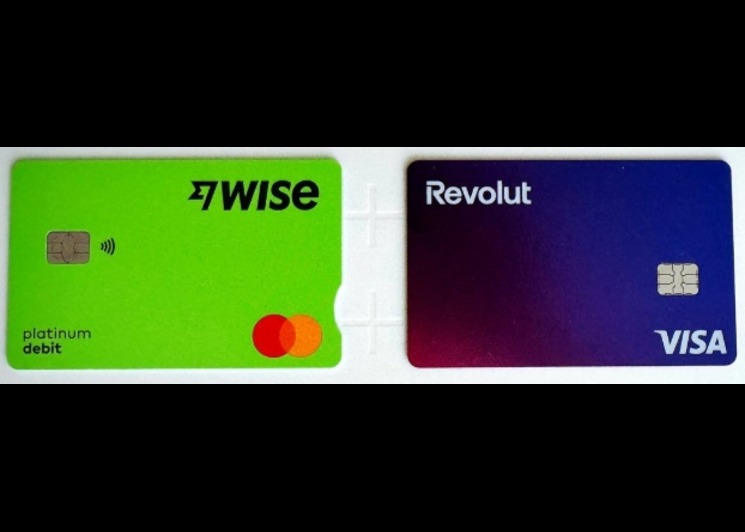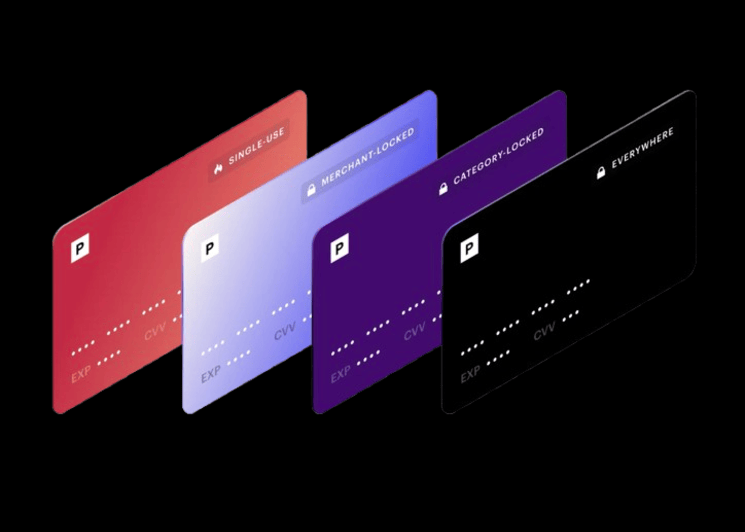Digital Payments in 2025: Key Information for Users.
If you pay with a tap, a scan, or an API call or you send bulk payments to vendors in minutes, issue virtual cards for subscriptions. It feels simple on the surface. A handful of processes, rules, and risk decide what works and what does not.
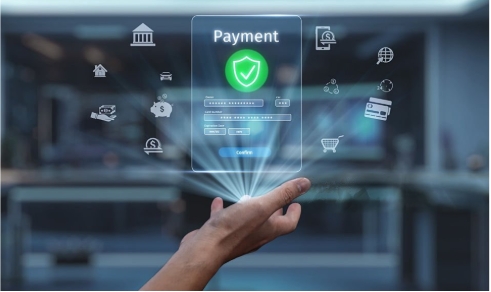
Here’s how digital payments work, where fees hide, and which trends matter next. You will see how a digital wallet fits in, when to use debit cards, and how virtual cards help control spend. You will also learn what to watch in cross-border transfers, stablecoins, and real-time systems. Finally, you will see how a tool like Bycard supports teams with instant virtual cards, spend controls, and clean exports.
What Are Digital Payments?
Digital payments include any money movement done electronically, for example with a digital wallet, virtual wallet, virtual cards, bank-to-bank transfers, QR codes, or debit cards online. You authenticate, the provider authorizes, the network routes, and the funds settle. They are fast, traceable, and work across borders with the right provider. Digital payments move value without cash. Good providers make this feel instant, even when settlement lands later.
Types of digital payments
- Digital wallet / virtual wallet to store payment methods and balances. You add cards or balances and pay in a tap.
- Virtual cards: Instant card numbers for online use, merchant-locked or single-use for security.
- Debit cards: Spend from your bank balance online or in-store. Good for daily spend and ATM cash.
- A2A / RTP rails: Account-to-account, often low cost, sometimes instant depending on country.
- QR codes: Scan to pay at stores, transit, and events, popular in many regions.
- Invoices and links: Pay by clicking a secure link.
- Bulk payments: Upload a file or call an API to pay many suppliers, creators, or employees in one run.
Key Benefits of Digital Payments

- Speed and convenience
Approvals take seconds. Wallets and virtual cards work on phones, laptops. Real-time rails reduce wait time. This speed helps retail checkout, gig payouts, and ad platform funding. - Cost-effectiveness
Digital channels often beat cash handling and paper checks. A2A lowers fees for large amounts. Virtual cards reduce fraud loss, which lowers total cost of acceptance over time. - Accessibility and financial inclusion
Digital wallets reach users without branch access. QR codes work on basic smartphones. Small merchants accept payments with a simple app and a code. More ways to pay means more sales captured. - Record-keeping and transparency
Every charge leaves a trail. You tag expenses by project, vendor, or cost center. Bulk payments export to CSV. Clear data shortens month-end close and audit work

Best Card for all payments!
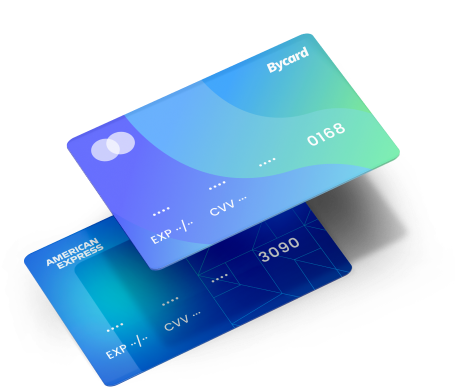
Challenges in the Digital Payments Ecosystem
- Security and fraud risks
Online fraud targets weak logins, leaky forms, and stolen card data. Attackers test small amounts before bigger hits. Strong authentication, merchant locks, and alerts keep loss low. - Regulatory complexities
Rules change by region. Providers must meet KYC, AML, and data standards. Cross-border flows add screening and reporting. This affects which features you get and how fast funds clear. - Onboarding barriers for small businesses
KYC can feel heavy. Document checks slow launch. The fix is guided onboarding, clear requirements, and risk-based reviews. - Regional feature limitations
Some wallets do not support all countries. Some real-time systems run only in local markets. Debit cards work almost everywhere, but FX or weekend fees can add up.
Hidden Costs and Fee Structures to Look Out For
- FX markups and weekend fees
Cross-border payments may carry a spread on the exchange rate. Some providers add weekend markups. Plan for currency costs and set a buffer in budgets. - Inactivity or maintenance fees
Dormant accounts and low-usage cards sometimes face fees. Read the fee page. Close unused cards and accounts. - Card issuance and withdrawal costs
Virtual card creation is often low cost. Physical cards and ATM withdrawals can add fees. Set policies that steer spend to low-fee paths.
Infrastructure & Innovation in Digital Payments
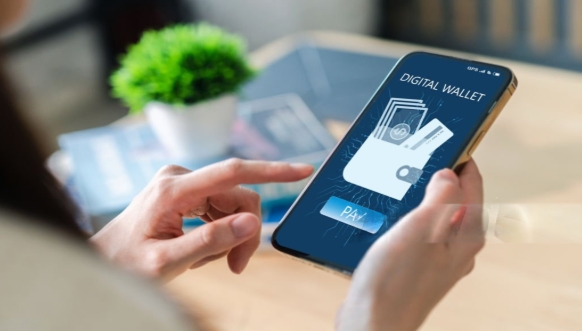
Role of APIs & embedded finance
APIs let you accept, send, and reconcile payments inside your app. Embedded finance turns a software workflow into a payment experience. You keep the user in one place from quote to payout.
Rise of stablecoins and blockchain integration
Stablecoins promise fast settlement and global reach. They help treasury move funds across borders after risk checks. Expect more gateways that convert stablecoins to local currency at the edge.
Open banking
Open banking lets users share bank data and initiate payments from their accounts. This cuts card fees for some flows and improves verification.
Offline and real-time payment technologies
Contactless cards support offline limits for short outages. National real-time systems keep rolling out, shrinking settlement times from days to seconds.
Regulatory Landscape Across Regions
Compliance requirements for providers
Providers screen users, monitor transactions, and report suspicious activity. They secure data and follow network rules. This is non-negotiable.
Data privacy, AML, and KYC policies
Expect identity checks, sanctions screening, and transaction monitoring. Data retention and deletion policies apply by law. Good providers publish clear standards.
Regional variations (US, EU, Asia-Pacific)
- US: card networks, ACH, same-day ACH, and real-time networks now live
- EU/UK: PSD2, SCA, open banking, SEPA instant in many banks
- APAC: fast-growing QR ecosystems and real-time rails in several countries
The Future of Digital Payments: Trends and Beyond
- Wallets gain loyalty, offers, and transit features
- Virtual cards expand to more business workflows
- Bulk payments get faster with better error handling
- A2A grows where fees matter and KYC is smooth
Choosing the right provider in 2025
Must-have checklist
- Coverage: countries, currencies, and networks you need
- Costs: FX spreads, card fees, wallet fees, weekend rules
- Controls: caps, merchant lock, bulk payments, alerts
Speed: issuance time, funding time, payout time - Data: exports, APIs, and accounting integrations
- Support: response time and status page transparency
Red flags
- Vague fees or “maintenance” charges
- One BIN only for cards that need global approval rates
- No clear 3-D Secure support for online payments
- Slow refunds or missing transaction IDs
- No audit logs or export controls


